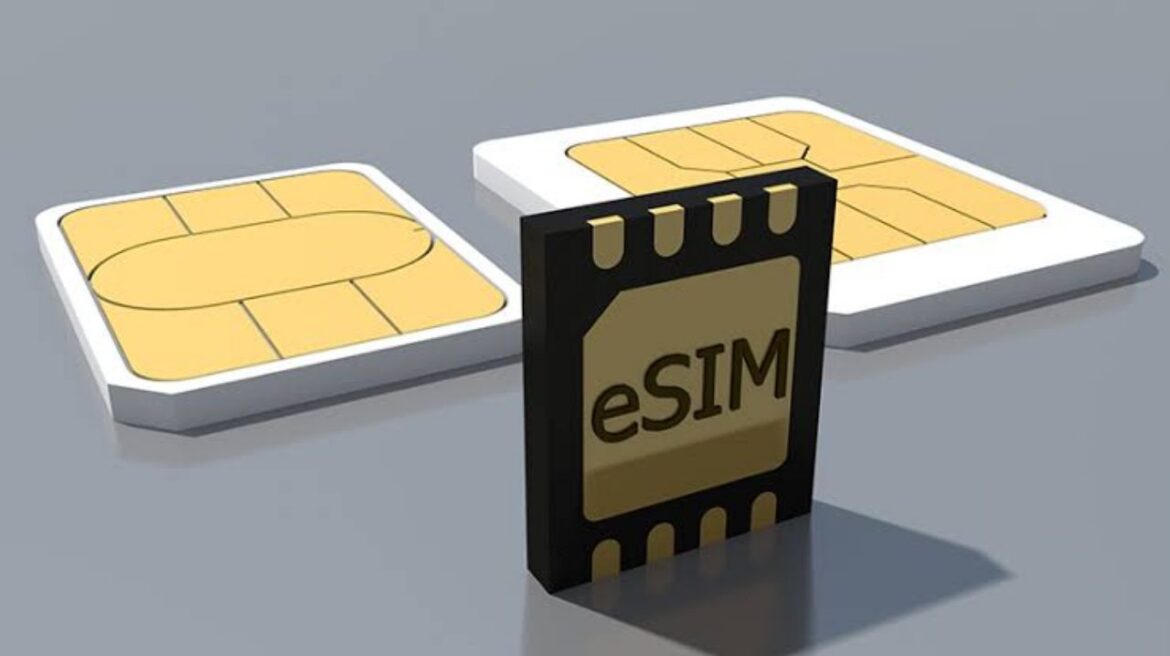In the ever-evolving landscape of telecommunications, the debate between eSIMs and traditional physical SIM cards has become a focal point for mobile users. As technology advances, we are presented with the choice between the convenience of eSIMs, such as the ones offered by Airtel, and the familiarity of traditional SIM cards. In this article, we will weigh the pros and cons of each to help you make an informed decision about which suits your connectivity needs.
Pros of eSIMs:
1. Streamlined Device Design
One of the primary advantages of eSIMs, such as the ones provided by Airtel, is their contribution to sleeker and more compact device designs. Without the need for a physical SIM card slot, manufacturers can create devices with cleaner lines and more space-efficient layouts.
2. Remote SIM Provisioning
eSIMs offer the convenience of remote SIM provisioning, allowing users to add or switch mobile carriers without the need for a physical SIM card swap. This is particularly beneficial for frequent travellers who can seamlessly switch between local carriers without the hassle of finding and inserting a physical SIM card.
3. Multi-Carrier Support
eSIM technology enables users to store multiple carrier profiles on a single device. This flexibility allows users to switch between carriers easily, catering to different needs such as better coverage, data plans, or pricing, all without changing the physical SIM card.
4. Enhanced Security Features
eSIMs often come with advanced security features, such as built-in encryption, making them less susceptible to certain types of hacking or cloning compared to traditional SIM cards. This can contribute to a more secure mobile experience, protecting sensitive information and personal data.
Cons of eSIMs:
1. Limited Device Compatibility
While eSIM adoption is growing, not all devices support this technology. Some older or budget-friendly smartphones may lack eSIM compatibility, restricting users’ ability to benefit from the convenience of this technology.
2. Transition Challenges
Switching from an eSIM to physical SIM, such as the Airtel eSIM, can pose challenges for some users. The transition process may require a visit to the service provider or app-based activation, which may not be as straightforward for individuals less accustomed to digital processes.
3. Dependence on Service Providers
The successful adoption of eSIM technology often relies on the readiness and support from mobile service providers. If a provider does not offer eSIM services or has limited coverage, users may find themselves constrained in their choice of carriers.
4. Potential for Device Lock-In
While eSIMs offer flexibility, some users may find themselves tied to a particular device or manufacturer due to the embedded nature of the eSIM. Switching to a device from a different brand might involve additional steps or compatibility checks.
Pros of Traditional SIM Cards:
1. Widespread Compatibility
One of the enduring strengths of traditional SIM cards is their widespread compatibility. Virtually all mobile devices, from basic feature phones to high-end smartphones, support physical SIM cards, ensuring universal access to mobile connectivity.
2. Ease of Use and Familiarity
For many users, the familiarity of physical SIM cards remains a significant advantage. The process of swapping or inserting a SIM card is well-established and easily understood, requiring no specialized knowledge or technology.
3. Device Independence
Traditional SIM cards offer a level of device independence, allowing users to switch between different brands and models without concerns about compatibility. This freedom can be appealing to individuals who value the ability to choose their device independently of their carrier.
Cons of Traditional SIM Cards:
1. Inconvenience in Swapping Cards
The physical nature of traditional SIM cards necessitates manual swapping when changing mobile carriers or devices. This process can be inconvenient, particularly for users who frequently switch between carriers or travel internationally.
2. Limited Space in Device Design
The presence of a physical SIM card slot can limit device design options, preventing manufacturers from creating devices with ultra-slim profiles or unconventional form factors.
Conclusion:
In the dynamic world of mobile connectivity, the choice between eSIMs and traditional SIM cards involves a careful consideration of individual preferences and priorities. Airtel’s eSIM technology, for example, brings convenience and flexibility to the forefront, but the decision ultimately rests on how users weigh these advantages against the potential drawbacks. Whether you opt for the modern efficiency of eSIMs or the time-tested familiarity of traditional SIM cards, the key is to choose the option that aligns with your lifestyle and connectivity needs. As technology continues to advance, the landscape may shift, but for now, both eSIMs and traditional SIM cards offer unique advantages, allowing users to tailor their mobile experience to their preferences.

